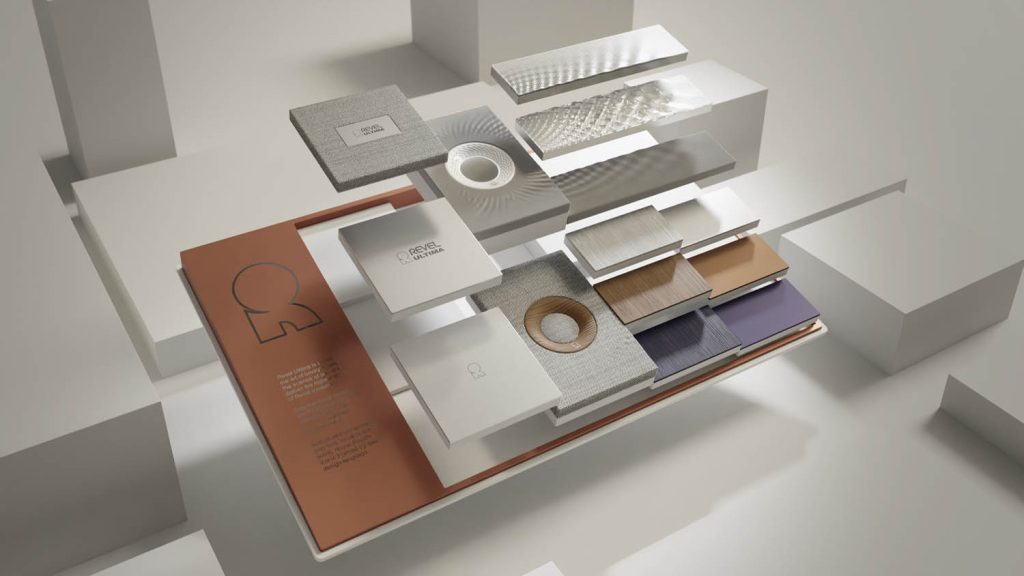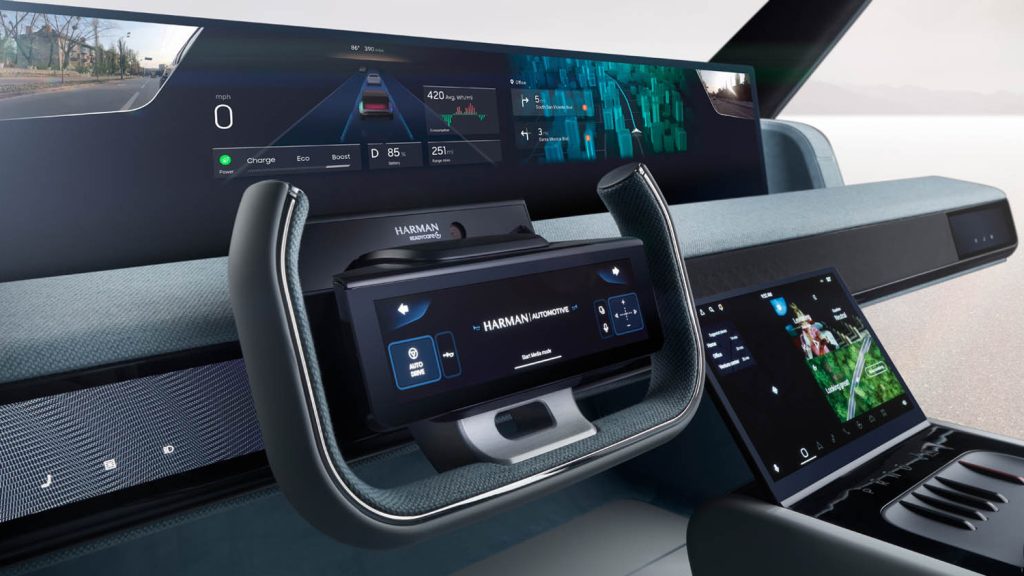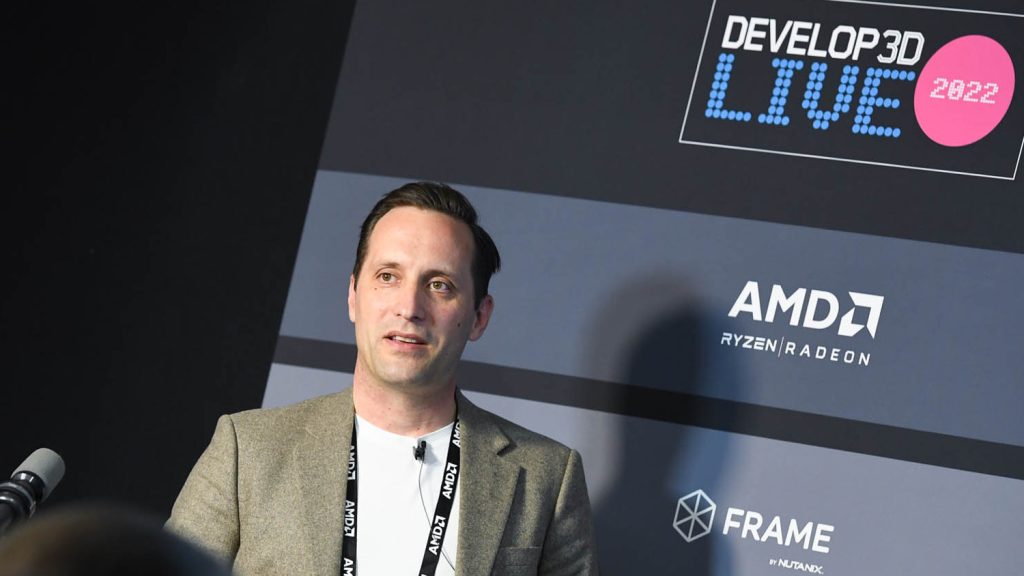At DEVELOP3D Live in November, Harman director of car audio and design and Huemen design lead for Europe Philipp Siebourg showcased the design studio’s work to develop immersive user experiences. Along the way, he presented car audio solutions created for some of Harman’s biggest brands in the market, including AKG, JBL and Mark Levinson. In conversation with Claudia Schergna, Siebourg also shared insights into how Huemen, Harman’s internal design group, is looking to go beyond those big brands and develop its unique technologies to bring together entertainment, information and safety for new in-car experiences
Q: At Huemen, you’ve worked for some of the most wellknown brands on the planet. Could you describe your relationship with your clients? How much influence do they have over your design process and how do you make sure your designs are aligned with their vision?
A: The first thing to keep in mind is that it’s not about how the brand is perceived today, but how it wants to be perceived in the future. That’s something that we can’t read in any article.
It’s important that we spend a good amount of time learning about their vision. Because the product that we’re developing together with them has a lead time of three years, something we design today might already be outdated when it comes onto the market. We are always trying to capture the essence of the [customers’] product, the main message, and what we can offer, from the products that we own ourselves, and we try to bring them together. It’s a bit like reading two books at the same time and finding a chapter that is matching.
Q: Huemen has a team of 250 designers and researchers spread around six locations across the globe. How does geographical distance affect your design processes?
A: We value the fact that all our designers come from different backgrounds, but we also try to standardise the tools we’re working with. For me, it’s important that we are using the same software and tools, so we can share the files and the knowledge. We need a lot of care and attention to detail. It’s great to have one brain that develops them and one brain that makes them accurate, precise, so we can apply them across the globe and have synergies.
Q: What are these tools and why did you select them for your team?
A: We mainly use Rhino and its plug-ins. In Grasshopper, there is no limitation on how you use it, where you can go with it, and how you can script elements. We are also using Python to programme into these scripts, to tailor them to our needs. When it comes to visualisation, we are more and more in need to communicate and express the values of the brand we are working with. We are using KeyShot as a tool, but we are shifting more towards Blender.
Q: How do simulation and physical prototyping fit into the design process?
A: We have an engineering team that handles acoustic simulations, which works independently. We receive the learning from them, and we apply it in our scripts and algorithms in Grasshopper. Formlabs is the rapid prototyping device that we’re using. Being able to realise prototypes is especially important for the initial evaluation of products. I think every designer has realised that you can’t really handle the size of the product when you see it on the screen. Sometimes when [the prototype] comes out you realise, “Oh, is it really that small?” or, “Is it that big?” And then it means that we can develop our products and then present them directly to the OEMs.
Q: What makes Huemen different from other design studios and where do you see it going in the future?
A: I think it’s the fact that we consider design more holistically. Today [at D3D LIVE], I spoke a lot about the speaker grilles, the brands and the partnering. But this is not everything that Harman stands for. We develop our own products and our own experiences, and audio and design play a major part in that.
We are developing a few technologies: Ready Care, for example, which is an in-cabin monitoring system on the behaviour of the passengers in a vehicle. With our designs, we can affect the wellbeing of occupants and assist the person driving the car. We can warn them of a child running into the road after a ball, or an ambulance overtaking.
It’s not just entertainment. There are a lot of very intelligent ways of communicating with audio. Because audio is one of our senses.











